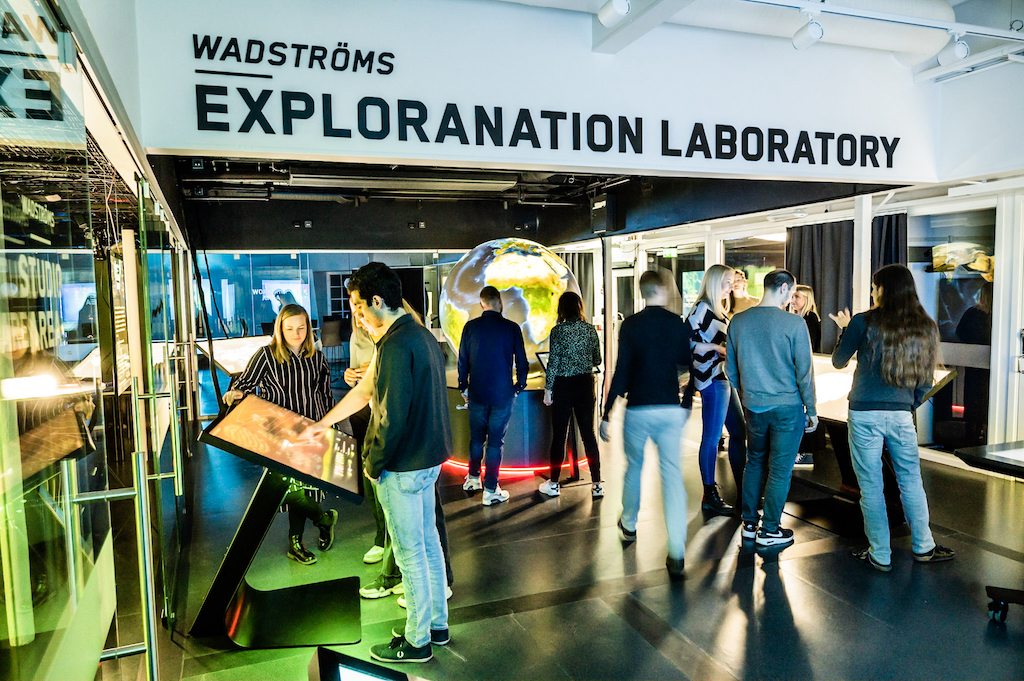What makes school visits to digital science centers successful?
Andreas Göransson - Linköping university, Norrköping, Sweden
Konrad J Schönborn - Linköping University, Norrköping, Sweden
Room: Esplanade Suites I + II + III
2024-10-13T14:15:00ZGMT-0600Change your timezone on the schedule page
2024-10-13T14:15:00Z

Full Video
Abstract
For over half a century, science centers have been key in communicating science, aiming to increase interest and curiosity in STEM, and promote lifelong learning. Science centers integrate interactive technologies like dome displays, touch tables, VR and AR for immersive learning. Visitors can explore complex phenomena, such as conducting a virtual autopsy. Also, the shift towards digitally interactive exhibits has expanded science centers beyond physical locations to virtual spaces, extending their reach into classrooms. Our investigation revealed several key factors for impactful school visits involving interactive data visualization such as full-dome movies, provide unique perspectives about vast and microscopic phenomena. Hands-on discovery allows pupils to manipulate and investigate data, leading to deeper engagement. Collaborative interaction fosters active learning through group participation. Additionally, clear curriculum connections ensure that visits are pedagogically meaningful. We propose a three-stage model for school visits. The "Experience" stage involves immersive visual experiences to spark interest. The "Engagement" stage builds on this by providing hands-on interaction with data visualization exhibits. The "Applicate" stage offers opportunities to apply and create using data visualization. A future goal of the model is to broaden STEM reach, enabling pupils to benefit from data visualization experiences even if they cannot visit centers.